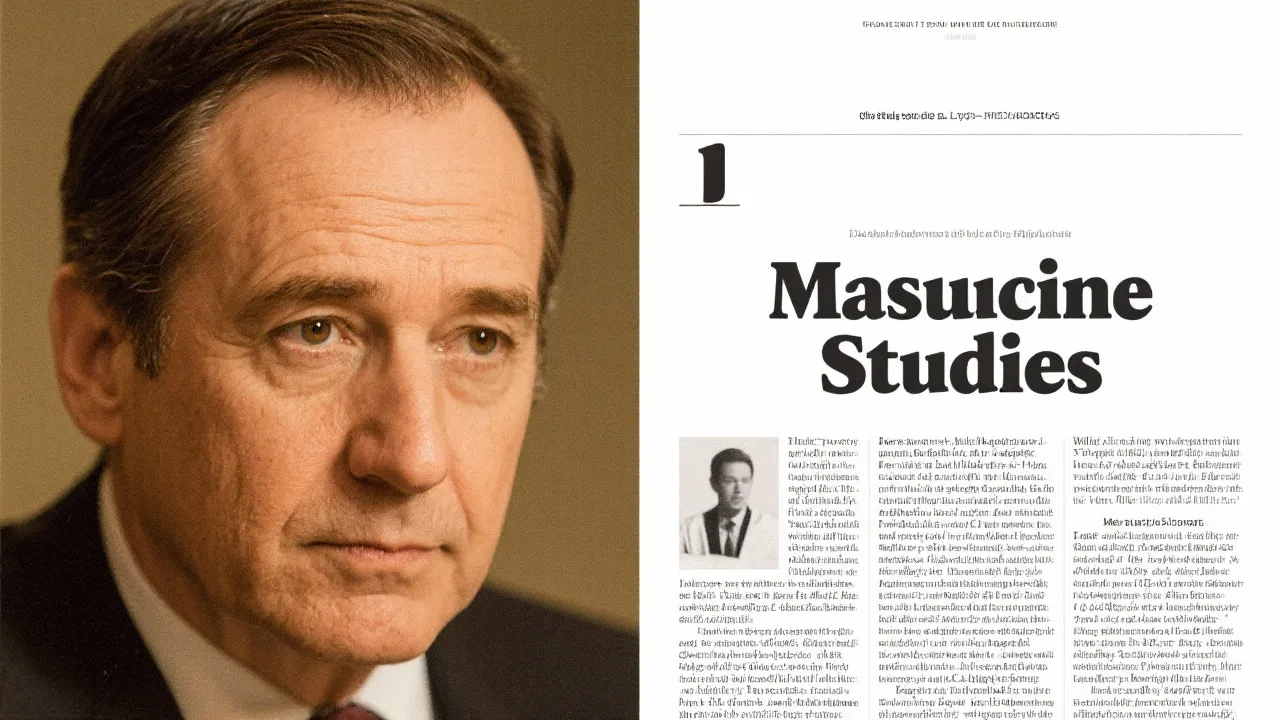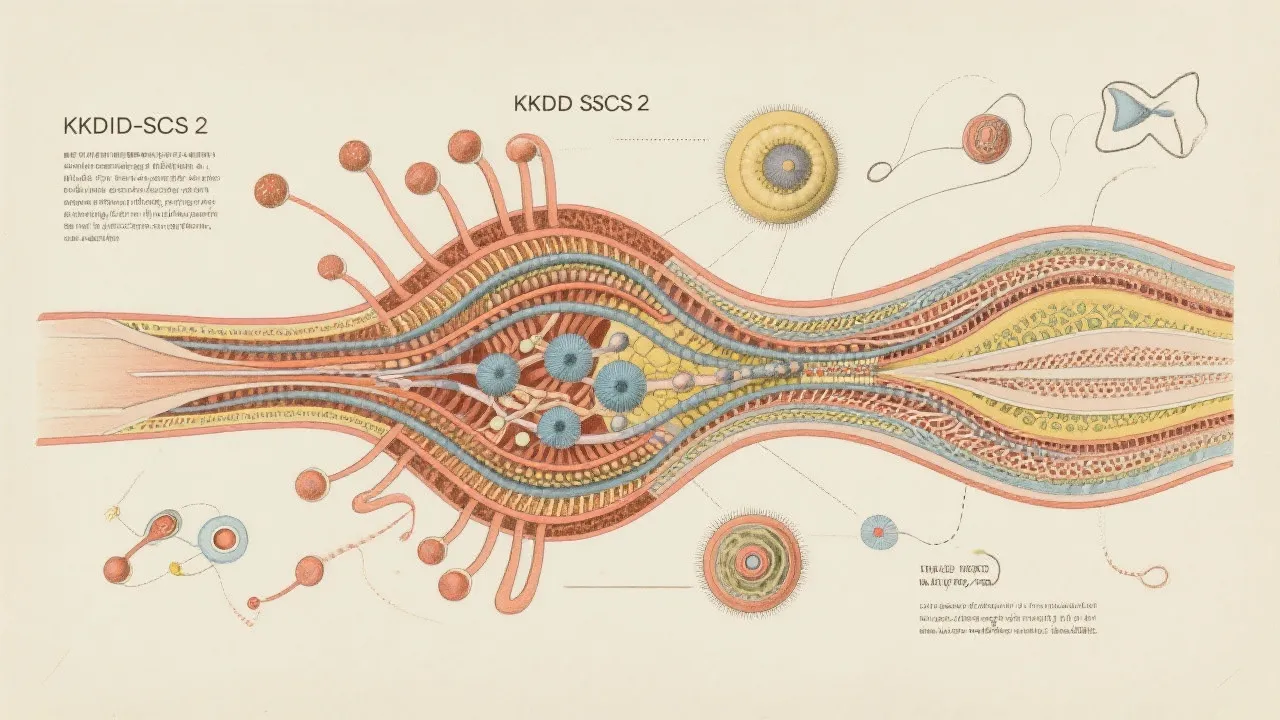Understanding Masculinity Studies
Masculinity studies, or לימודי גבריות, delve into the societal, cultural, and psychological aspects of male identities and experiences. This expanding field of study analyzes how gender expectations shape behavior, roles, and opportunities. Exploring its roots in feminist theory, the discipline offers deep insights into the evolving nature of masculinity in various social contexts.

Introduction to Masculinity Studies
The field of masculinity studies, or לימודי גבריות in Hebrew, examines the cultural constructs and personal experiences of being male. As a subset of gender studies, it broadens our understanding of gender dynamics by focusing on how masculinity is shaped, experienced, and performed across different societies. The inquiry into masculinity encompasses not only the actions and roles traditionally associated with men but also how individuals navigate their identities within various cultural frameworks. Studies in this field illuminate the intricate relationship between gender, power structures, and individual experiences, emphasizing that masculinity, far from being a singular concept, is multifaceted and diverse.
The Evolution of Masculinity Studies
The inception of masculinity studies dates back to the late 20th century, closely tied to the feminist movement's push to understand gender inequalities. Early research often dissected how traditional gender roles imposed restrictions on both men and women. The advent of second-wave feminism created an environment ripe for scholarly examination of the male identity, drawing attention to how societal expectations shape men's lives. Scholars began to recognize that masculinity was not merely a backdrop to discussions on feminism but a critical element of the broader gender dynamic that needed exploration in its own right.
As the field matured, it began to scrutinize how various factors such as race, class, and sexuality intersect with masculinity. In doing so, it adopted an intersectional lens, exploring how these variables complicate the understanding of what it means to be masculine in different contexts. For instance, while a white male may embody certain privileges associated with hegemonic masculinity, a man of color may experience a different set of expectations and limitations. This evolution reflects a more nuanced view of masculinities as shaped by diverse lived experiences and societal contexts.
Core Concepts in Masculinity Studies
- Hegemonic Masculinity: This concept refers to the dominant social positioning of masculinity, often characterized by authority, competitiveness, and emotional suppression. It also demonstrates how this form influences other forms of masculinity and societal hierarchy. Hegemonic masculinity can create rigid standards that not only oppress those who do not fit this mold but also pressure men to conform to these expectations, leading to detrimental societal effects.
- Toxic Masculinity: A critique of the negative attributes often celebrated in traditional masculine roles, such as aggression, lack of empathy, and heightened risk-taking behaviors. This concept has gained traction in contemporary discourse, as it allows for the identification and challenging of harmful behaviors linked to traditional masculinity. Toxic masculinity perpetuates cycles of violence and emotional repression, both harming individuals and society at large.
- Inclusive Masculinity: A more recent focus, encouraging acceptance of diverse masculinities that stray from traditional norms, advocating for emotional openness and gender equality. This paradigm shift highlights the need for younger generations to redefine masculinity in ways that embrace vulnerability, cooperation, and respect for all genders. By fostering inclusive masculinity, society can challenge existing power dynamics and pave the way for more equitable interactions.
Masculinity in Different Cultures
A deeper dive into masculinity reveals that its expression is not monolithic. In Western societies, traditional masculinity may be linked to notions of individual achievement and authority. Attributes such as competitiveness, resilience, and assertiveness are often valorized, creating a narrow definition of what it means to be a man. However, in many Eastern cultures, masculinity can be synonymous with familial responsibility and communal success, where cooperation and consensus may take precedence over individual ambition. Understanding these differences is crucial for a comprehensive assessment of masculinity across the globe.
For example, in many Indigenous cultures, masculinity may be characterized by a close connection with nature, community, and spirituality, contrasting sharply with Western ideals. Indigenous masculinity might emphasize nurturing family ties, maintaining cultural traditions, and participating in community caregiving roles. This cultural analysis shows that masculinity is dynamically shaped by various historical and social contexts, suggesting that there is not one ‘right’ way to be masculine but a spectrum of expressions influenced by one’s cultural background.
The Role of Media
The media plays a critical role in shaping perceptions of masculinity. Popular movies, television, and advertisements often reinforce certain stereotypes, glorifying attributes like physical strength and emotional restraint while minimizing more diverse masculine identities. The portrayal of heroes and male protagonists is frequently steeped in traditional masculinity, where characters embody toughness, independence, and emotional stoicism. Scholars argue for a critical assessment of media portrayals to foster more inclusive representations. This analysis includes dissecting how these media narratives shape societal expectations and contribute to the perpetuation of harmful stereotypes.
Moreover, social media platforms have introduced new dynamics to the representation of masculinity, allowing for alternative voices and expressions that challenge traditional norms. The rise of influencers and content creators who promote healthy emotional vulnerability and self-care among men signifies a shift toward more progressive representations. By embracing a variety of masculinities, media can play an instrumental role in redefining what it means to be male in contemporary society.
Research Methods in Masculinity Studies
Masculinity studies utilize a range of qualitative and quantitative research methods. Interviews, ethnographies, and quantitative surveys are commonly employed to gather data on how masculinities are constructed and perceived in various contexts. For instance, ethnographic studies may delve into men's groups that explore emotional expression or fatherhood, uncovering how these spaces facilitate healthier versions of masculinity. Cross-sectional studies may provide comparisons, showing how different demographics experience masculinity uniquely. In contrast, longitudinal research offers insights into how masculinities evolve over time, particularly in response to social movements and cultural changes. These various methodologies ensure that masculinity studies maintain a comprehensive and multifaceted approach to understanding male identity.
Implications for Society
Understanding masculinity is vital for fostering social progress. By challenging rigid gender norms, society can encourage healthier relationships, reduce violence, and pave the way for greater equality. The deconstruction of toxic masculinity not only benefits women and marginalized genders but also liberates men from the constraints of traditional masculinity. This understanding promotes well-being and emotional health, providing men with the capacity to express their feelings and vulnerabilities without fear of societal backlash.
Educating younger generations through masculinity studies ensures that future societies become more inclusive and understanding of gender diversity. Initiatives that incorporate masculinity studies into educational curricula are crucial for changing the narrative surrounding masculinity early on. Programs that actively engage boys in discussions about gender relations and emotional intelligence allow them to forge healthier identities and relationships. Such educational measures can ultimately contribute to a more equitable society—one where individuals are valued for their character rather than adherence to old gender norms.
FAQs
- What is the main goal of masculinity studies? The primary aim is to understand and analyze what it means to be male across different societies and how these roles influence behavior and societal expectations. By critically examining masculinity, this field seeks to uncover the complexities underlying male identities and how they interact with broader societal structures.
- How do masculinity studies relate to feminism? Both fields seek to understand and dismantle rigid gender constructs. Masculinity studies owe much to feminist theory as it began to focus on how gender roles affect men, inspired by feminist critiques on gender inequality. The intersections between masculinity and femininity highlight how both genders are subjected to narrower definitions of their identities, often leading to damaging consequences for all. Collaborative efforts among feminist and masculinity scholars aim to promote mutual understanding and advocate for a gender-just society.
- Can masculinity be positive? Absolutely. Masculinity can encompass positive values such as leadership, responsibility, and protection. The focus often centers on rejecting harmful stereotypes and embracing a more inclusive and emotionally expressive form of masculinity. This redefinition allows for an understanding of masculinity that includes compassion, empathy, and support for gender equity, fostering healthier communities.
Conclusion
Masculinity studies highlight the ongoing dialogues surrounding gender and individual identity. By delving into the complexities of male experiences, this field challenges stereotypes and fosters an environment of understanding and acceptance. As society progresses, masculinity studies will undoubtedly continue to offer valuable insights into the evolving nature of gender roles. This ongoing inquiry is crucial; as traditional notions of masculinity are called into question, there arises an opportunity to redefine these concepts in ways that promote well-being, respect, and equity. The dialogues initiated by masculinity studies can contribute significantly to ongoing conversations related to mental health, societal roles, and interpersonal relationships, effectively paving the way for a more inclusive future.
Expanding the Dialogue: Contemporary Challenges and Future Directions
As masculinity studies evolve, they constantly face new challenges and opportunities. With the rise of digital platforms and the influence of global interconnectedness, the conversation around masculinity is more dynamic than ever. Young men are increasingly exposed to a multitude of narratives surrounding masculinity through social media, streaming services, and other forms of digital communication. These narratives offer both positive and negative portrayals of what it means to be male in today’s society.
One contemporary challenge is the emergence of the “manosphere,” which includes various online communities and platforms advocating for a regressive interpretation of masculinity. Elements within this sphere often perpetuate toxic masculinity, misogyny, and anti-feminist sentiments. Understanding how these narratives proliferate and attract followers necessitates a focused examination of modern masculinity that counters such harmful narratives while also compelling young men to embrace more positive expressions of their identities.
Additionally, discussions around mental health and well-being have shifted significantly in recent years, positioning emotional literacy as a vital component of masculinity. Research shows that traditional masculinity, which champions emotional suppression, can have adverse effects on mental health, leading to issues such as depression and anxiety among men. Addressing these concerns not only furthers the goals of masculinity studies but also encourages healthier standards for emotional expression and vulnerability.
Moving forward, there is a vital need for interdisciplinary collaboration in masculinity studies. Integrating insights from sociology, psychology, and anthropology, alongside contributions from cultural studies and media theories, can enrich the discourse surrounding masculinity. By utilizing diverse methodologies and drawing from various academic fields, researchers can develop a comprehensive understanding of masculinity that addresses the complexities of the modern male experience.
Furthermore, as global issues such as climate change and socio-political instability emerge, masculinity studies must engage with these realities. How masculinity interacts with global crises or movements such as climate justice, economic disparity, and social movements can offer new avenues for inquiry. Understanding how traditional notions of masculinity can either hinder or support progressive global actions provides fertile ground for critical analysis within the field.
Lastly, it is essential for masculinity studies to elevate the voices and experiences of marginalized groups. Intersectionality plays a pivotal role in understanding how different cultures, sexualities, and identities influence the understanding of masculinity. By amplifying diverse perspectives, masculinity studies can challenge hegemonic narratives and foster a richer discourse that reflects the lived realities of a broader spectrum of men. For instance, discussions around masculinity among LGBTQ+ communities often highlight the intricate balance between gender identity and sexual orientation, deepening the conversation around what it means to be male within different contexts.
As we continue to explore the implications and structures surrounding masculinity, it becomes increasingly clear that the future of masculinity studies lies in progressive dialogue, adaptable methodologies, and an inclusive approach that values the multifaceted nature of male identity. By engaging critically with both historical and contemporary narratives, this field is poised to make significant contributions to social change, ultimately leading to healthier and more equitable societies.










